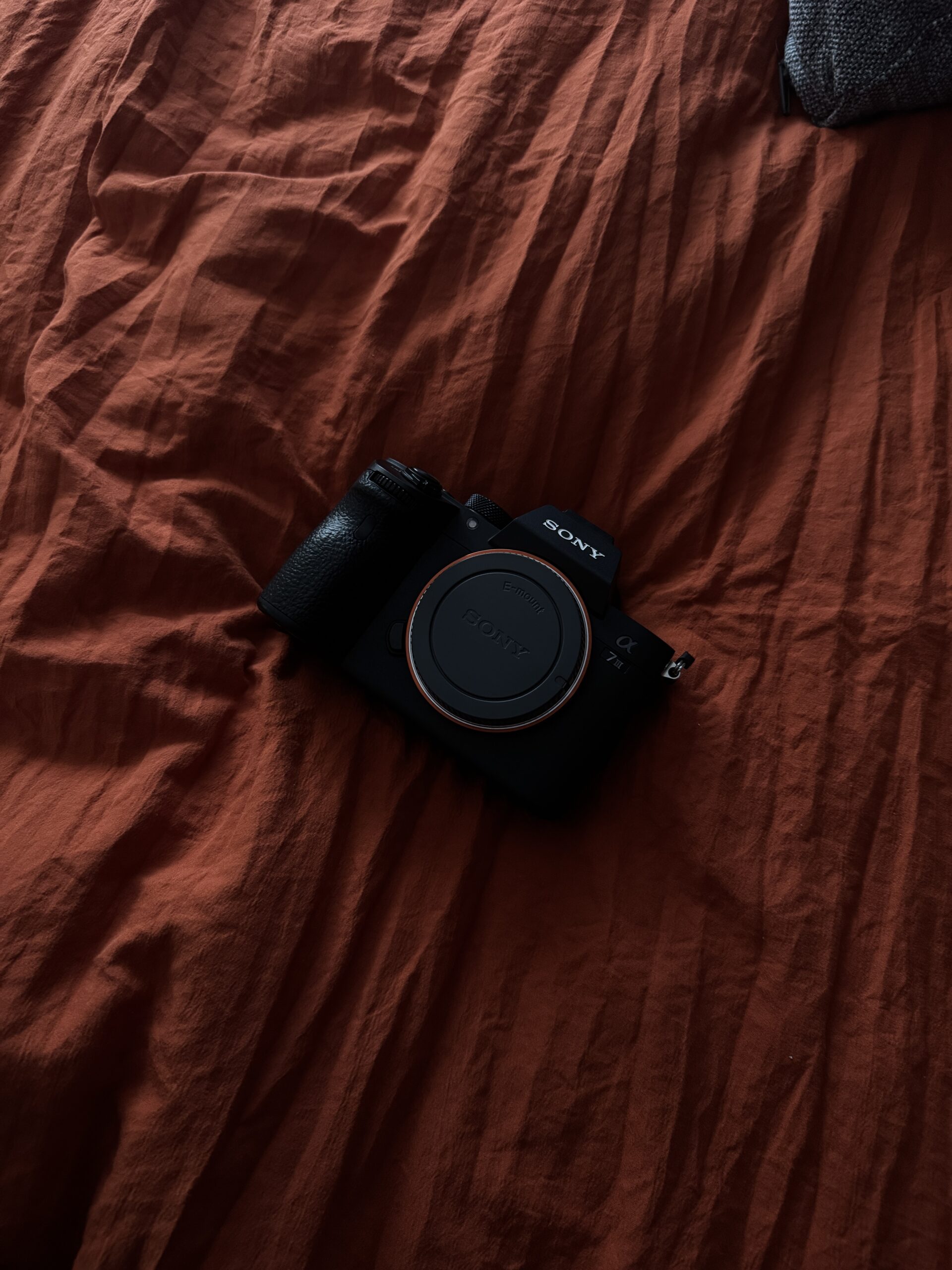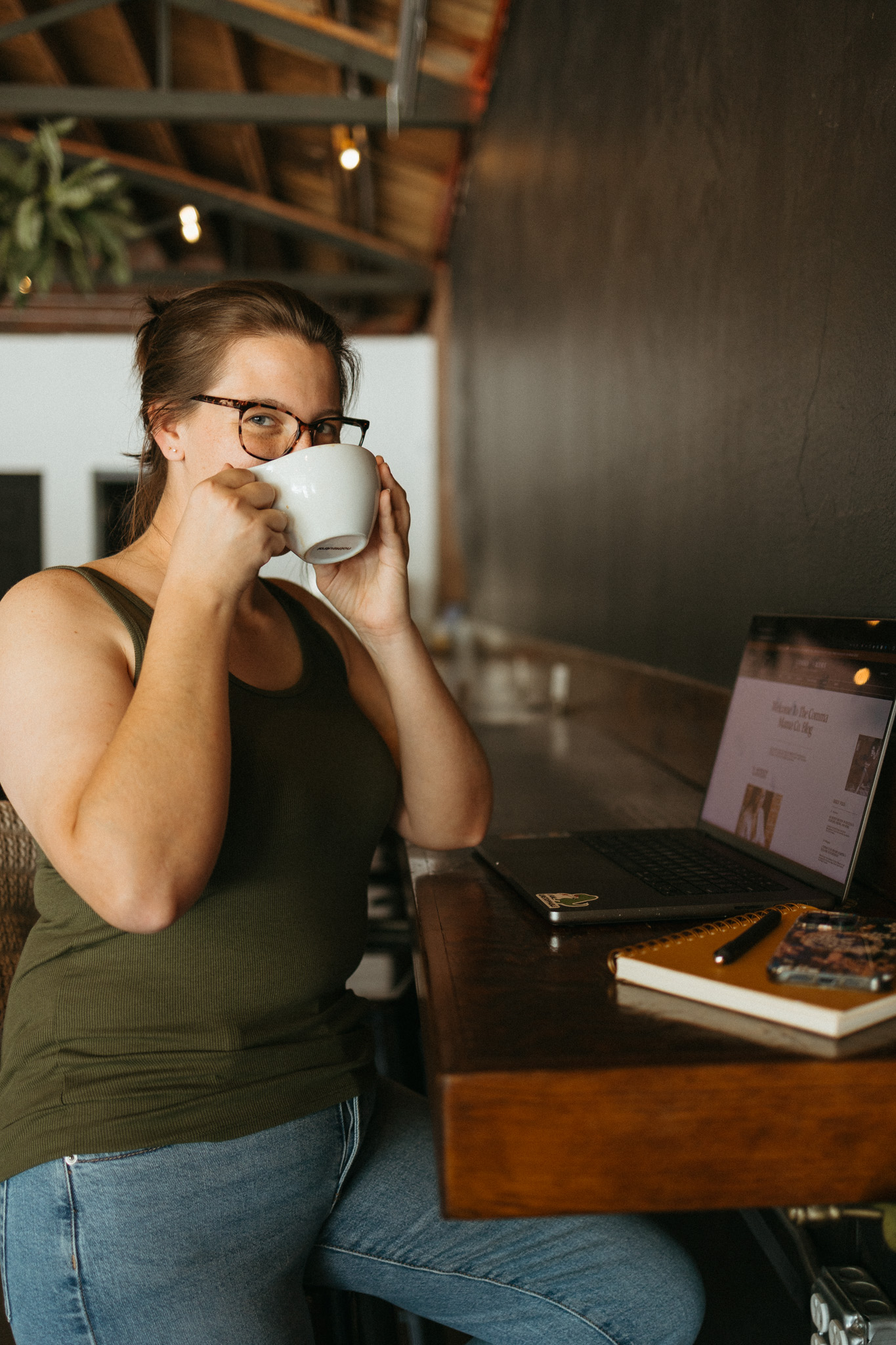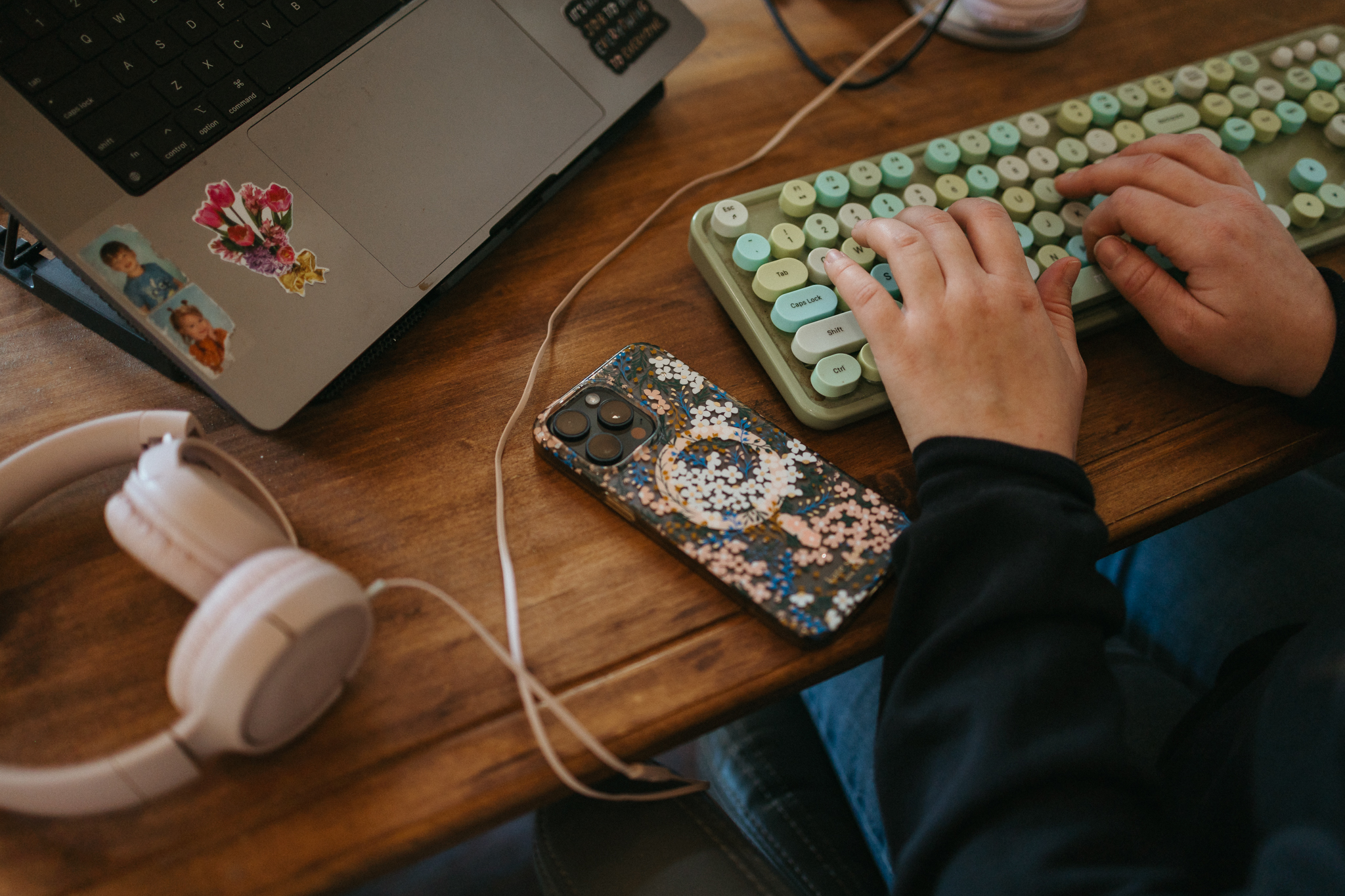I have a love for words and a knack for SEO – and as a mama, I know just how challenging it can be to run a business while raising a family. This blog is just one of the many resources you’ll find here that’ll help you boost your online visibility without sacrificing your sanity.
Thanks for being here (and I hope you’ll stick around).
Mckayla
categories
blogging
seo
Business
stop getting ghosted by gogle
download now
explore
case studies
to the shop
work with us
follow us on instagram
share
There’s a three-word phrase that strikes fear into the heart of every photographer looking to reach their dreamiest clients online: search engine optimization, aka SEO.
Yes, it’s the key to showing up where your potential clients are searching WHEN they’re searching for you—but it’s also the key to connecting with boudoir clients when you’re busy being booked out. Search engine optimization is how you’ll grow your website organically (no paid ads here), reach ideal clients (women—or men—ready to feel empowered and confident), and continue to show up even in your slowest season.
Here’s your simple guide to SEO for boudoir photographers:
What’s So Special About SEO for Boudoir Photographers?
Before we can even start talking strategy (and we will), you have to know why and how boudoir photography SEO differs slightly from other service providers—and even other photographers. With a boudoir, you have a very specific audience and a very specific niche service.
With a very specific service, you have to match your dream clients’ search phrases and intent to a tee–mismatch a few keywords, and you’re on the wrong side of the internet.
You’re also a location-specific business unless you’re specifically marketing yourself as a travel or luxury boudoir photographer who goes to their clients. But, even then, location marketing still plays a role, and knowing where you want to go will determine what you try to rank for.
Finally, there’s your style. The type of photography you do and the style of your editing make your clients book their sessions and feel empowered. With SEO, most visitors (the people who find you through Google) have never heard of you before. They haven’t been checking out your portfolio for months on Instagram or Pinterest; they’re brand new—and if you want them to stick around, you have to make sure you’re attracting the right ones in the first place.
5 Simple Tips to Get Started With SEO (and Connect With More Clients)
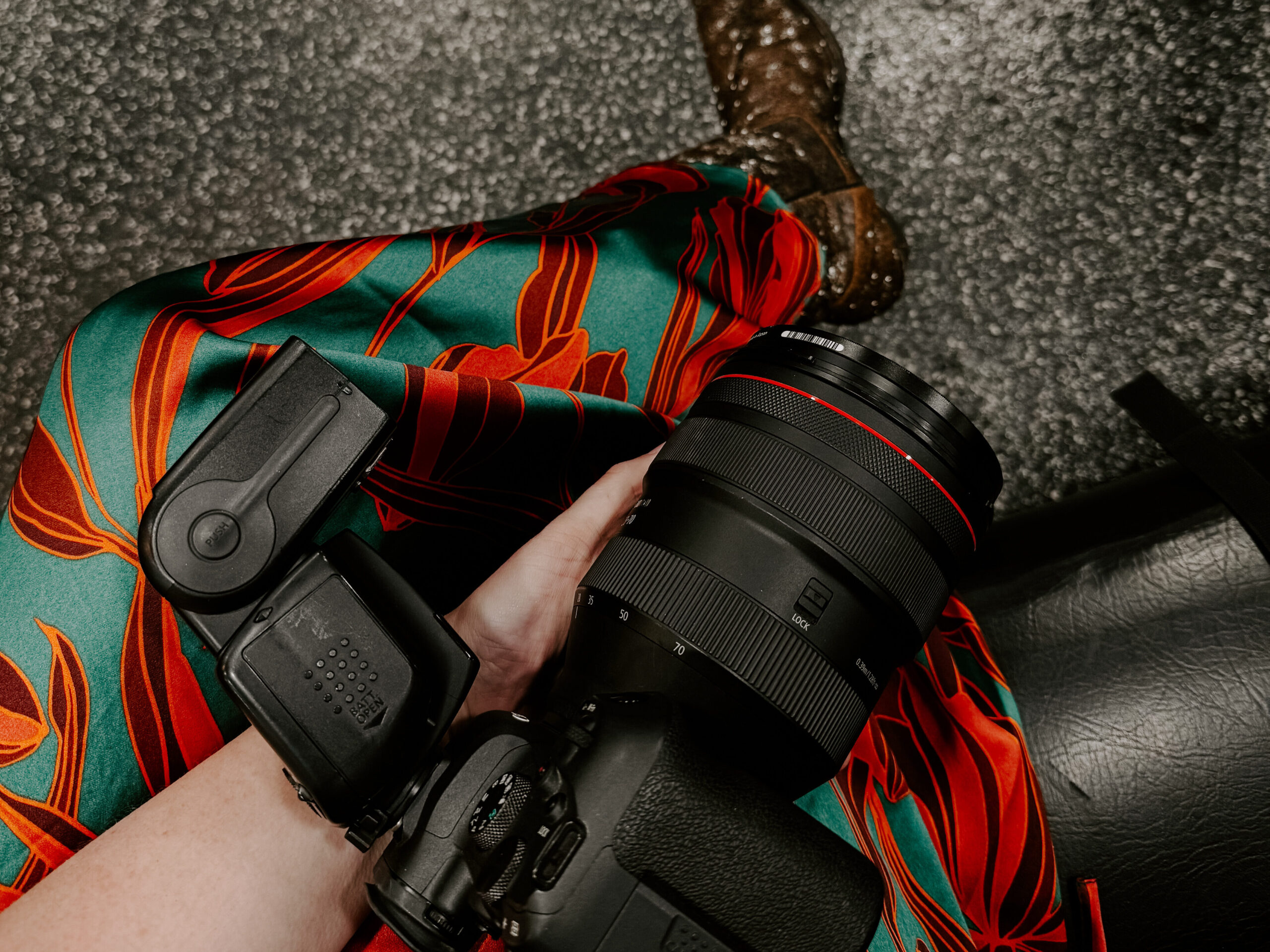
Now that you know what makes SEO for boudoir photographers special, it’s time to put it into action and get to that strategy I was talking about. Getting started with SEO is simpler than you think—mostly because SEO isn’t limited to your own website; it’s how you and your brand are viewed and presented across the entire internet.
A “traditional” SEO might tell you to focus on building backlinks and optimizing your images (both good things, trust me), but those aren’t the only things you should consider for your SEO—and I wouldn’t necessarily call them the most important, either.
Here are a few simple tips to get started with your SEO as a boudoir photographer:
#1. Optimize Your Brand, Copy, & Website
Your brand will convince your clients to book—it’s also what will help Google (and other search engines) connect you with your community. Your copy and website, on the other hand, are pretty straightforward. Optimize with strategic keywords (your copy) and user experience (your website) to create something Google loves to rank.
This strategic trio gives search engines three things:
- Who you are
- What you do
- Who you do it for
If you can’t tell Google these three things, it won’t put you anywhere—much less where your dream boudoir clients could find you.
Do you feel like your brand, copy, & website are in great shape, but you’re still not showing up in Google, and you don’t know why? Book an SEO Audit + Optimization to check your website health, fix sneaky SEO problems, and become your clients’ first click here.
#2. Go for Those “Just Right” Keywords
Let’s get a little real for a second: the keywords that you really want to rank for might not be realistic right off the bat. For example, while you might want to rank for “best boudoir photographer” or “boudoir photographer,” the competition for these keywords are extremely high and your “reputation” with Google is nearly nonexistent.
The “just right” keywords are keywords with achievable difficulty, a good CTR (click-through rate), and high-quality traffic (quality over quantity, always). Most of the time, you can find the perfect keywords by using your ideal client and location information.
For example, “boudoir photographer in Greenville, SC” or “luxury boudoir photographer in Indiana” would be easier to rank for and attract more aligned photography clients to your site (and services). This gets a little trickier when it comes to creating content (aka blogging) to increase your reach, but we’ll cover that next.
You use these keywords on your main pages, blog posts, and even portfolio—just remember that you can only use a keyword on one page, don’t copy-paste a keyword to every page, that’s spam.
#3. Start a Blog
If you’re wondering why a blog, just consider this: your normal website has around 5-7 core pages depending on your services. That’s 5-7 opportunities for Google to rank you and people to find you. But, every blog post you write and optimize is another page to rank and for people (mainly your dream clients) to find you.
You don’t have to constantly write “how to” blog posts or the usual, “why book a boudoir photographer,” although you could if you wanted to. Rotate between more traditional style blog posts and recent shoots with clients who are comfortable with you sharing their images.
You can also write about:
- Common FAQs clients have
- Your favorite locations to shoot in a city
- Poses to practice at home to build confidence
- Recommend outfits based on your client’s usual style
- A round-up of other service providers (make-up, hair, styling)
If you need a few more ideas of what to write on your blog, here are a few more blog post ideas for boudoir photographers.
#4. Optimize Your Images (and I Mean Really Optimize)
As a photographer, your images are your bread and butter—and they may just be your not-so-secret weapon to ranking on Google search. Every image you upload on your web pages, your portfolio, and in your blog posts offer yet another opportunity to rank.
Optimizing your images for SEO as a boudoir photographer will require you to check your image size (and loading speed) as well as optimize your alt image descriptions for both accessibility and SEO. Don’t stuff keywords in your descriptions; it will make it harder for screen-readers to understand the image (hurting your accessibility) and sound spammy to Google bots (hurting your SEO).
Instead, aim for a description that both includes your keyword or a variation and serves to describe the image in question. Most of the time, you can accomplish this by describing the image but adding context.
Here’s a good example:
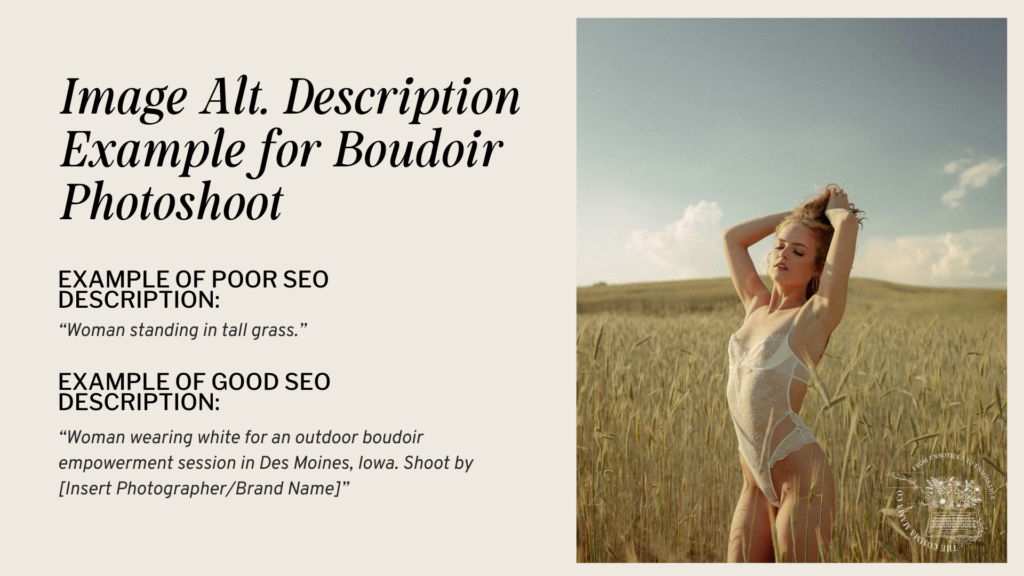
You should also optimize your image file name (no 385149587.jpg, please) and make sure that your image is actually related to both your keyword and the information on the page.
#5. Don’t Skip Local SEO
Even if you’re not planning on working where you live, you should still focus on local SEO. There’s a big misconception that local means local to you when it really means location-based. Find the areas you want to shoot and create landing pages, content, and marketing that convinces Google that you’re the go-to boudoir photographer in that area.
Have you ever wondered how other photographers show up when you Google “boudoir photographer near me”? It’s thanks to local SEO.
Start with one primary location (a secondary location, too, if need be) and work on building an online presence that targets it. Once you have the technique down and a good strategy in place that you can maintain, start working on other locations that you serve or work in.
How to Know if Your SEO is “Working”
Now it’s time for the hard part—knowing if your SEO is working or not. The thing about SEO is that every business, website, niche, brand, and person is going to require a strategy unique to them. Following tips is the best way to get started, but you have to look and listen to the results the strategy is giving you and adjust to create something that really truly works.
Once you’ve started implementing your SEO strategy and optimizing your website, check in on your performance by looking at your Google Search Console. Check which keywords you’re ranking for and if they’re the ones you’ve targeted. Check to see how your website is performing as a whole and look for any notifications or alerts to pages gone haywire.
Look in your Google Analytics to see what your primary traffic sources are and if your organic traffic (traffic from Search Engines and SEO) is becoming a larger percentage of your traffic as a whole.
As you get more comfortable with your website’s analytics, start comparing your traffic vs. conversions and tracking user behavior through a program like Hotjar.
What’s Next? Attracting More Aligned Clients as a Boudoir Photographer Using SEO

If you take the time to do SEO the “right” way and create a strategy that’s sustainable for you and your boudoir photography business, SEO will work to attract aligned clients even while you’re on that 3-day out of town vacay—or less fun but just as likely, the 3-day cold you’ll catch or the days you can’t work because your kids are out of school.
Overall, SEO keeps working even when you can’t. It allows you to show up where you potential clients are currently searching, making you the go-to without having to post constantly on social media. Or, you can add it to your social strategy and diversify how your clients find you.
If you’re interested in getting started with SEO and getting your website to show up in search but don’t want to play a guessing game with SEO, learn more and book an SEO Audit + Optimization here.
Reader Etiquette
© - Content and images in this blog are copyright this blog unless stated otherwise. Feel free to repost or share images for non-commercial purpose, but please make sure to link back to this website and its original post.
℗ - We do not store any information about your visit to our website other than for analytics and optimization for content and reading experience through the use of cookies.
c/o - Our site does at times contain paid advertisements, sponsored content, and/or affiliate links.
You might want to check these out too while you're at it
FREE Guide:
6 Simple Steps For Better SEO
INSTANTLY IMPROVE YOUR GOOGLE RANKING
Want to improve your website SEO in one afternoon? This free resource offers 6 actionable steps you can take in 15 minutes or less to instantly improve your SEO.
download now
categories
blogging
SEO
business
It's me, hi! Your SEO bestie.
get to know me
work with us
//
services
//
case studies
//
Mom of three, lover of all things blogging, and borderline obsessive coffee drinker — I also just happen to love making complicated things simple and accessible, especially when it comes to SEO. The blog is a collection of what I've learned from years of testing, trial and error, and working with amazing clients with impactful businesses (just like yours). Blogging and SEO doesn't have to be boring — and it definitely doesn't need to be difficult.
